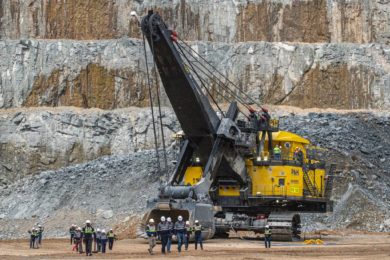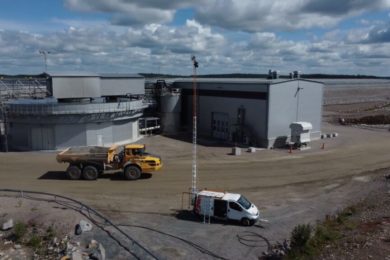MinQuest Inc. (MQI) has become a full service mineral exploration management company actively working throughout North America. A recent success is its management of Klondex Mines’ Fire Creek property in central Nevada, USA. MinQuest discovered and defined high-grade gold veining at Fire Creek, which is a Midas style gold deposit currently containing an Indicated Resource of 1.65 Moz of gold (NI 43-101 compliant) and still growing.
The company is headquartered in Reno Nevada where the co-owners, Richard Kern and Herb Duerr live. Both founders are long-time exploration geologists, each having discovered numerous minable gold, silver, and copper deposits in their respective careers. The company is incorporated as a Nevada S-Corporation. Over the last 25-years, MQI’s principals have evaluated several thousand potential mineral properties. MinQuest currently holds rights to +40 mineral exploration properties containing approximately 2,900 unpatented mining claims.
Klondex owns and operates the Fire Creek Project in north central Nevada, a low-sulphidation high-grade, epithermal vein deposit in the Northern Nevada Rift. Klondex is operating an ongoing bulk sampling program, and shipping all mineralised material to its Midas Mill, 180 km to the north. Klondex filed its Preliminary Feasibility Study on the Fire Creek project, on March 17, 2015 with an effective date of December 31, 2014. (
Fire Creek is located in Lander County near the centre of the Battle Mountain gold belt in Crescent Valley, approximately 16 km northwest of the massive Pipeline deposit of Barrick (7 Moz) and 8 km southeast of the Mule Canyon deposits of Newmont (3 Moz). All of this mineralisation exists in volcanics within the trend in Crescent Valley that runs south as far as Buckhorn (Barrick). For much of its history, Fire Creek was considered to be a low-grade, high tonnage ‘Carlin’ type open pit deposit. However geologic data in the late 1980s from the nearby Midas and Mule Canyon deposits suggested Fire Creek was more likely a deeper, higher-grade epithermal deposit.









